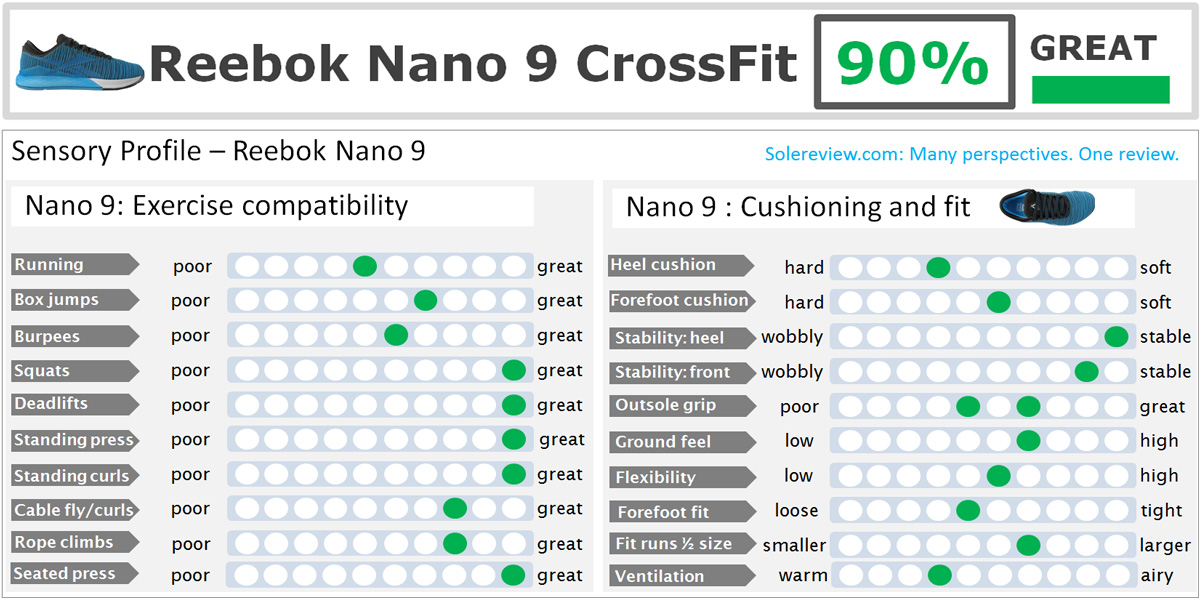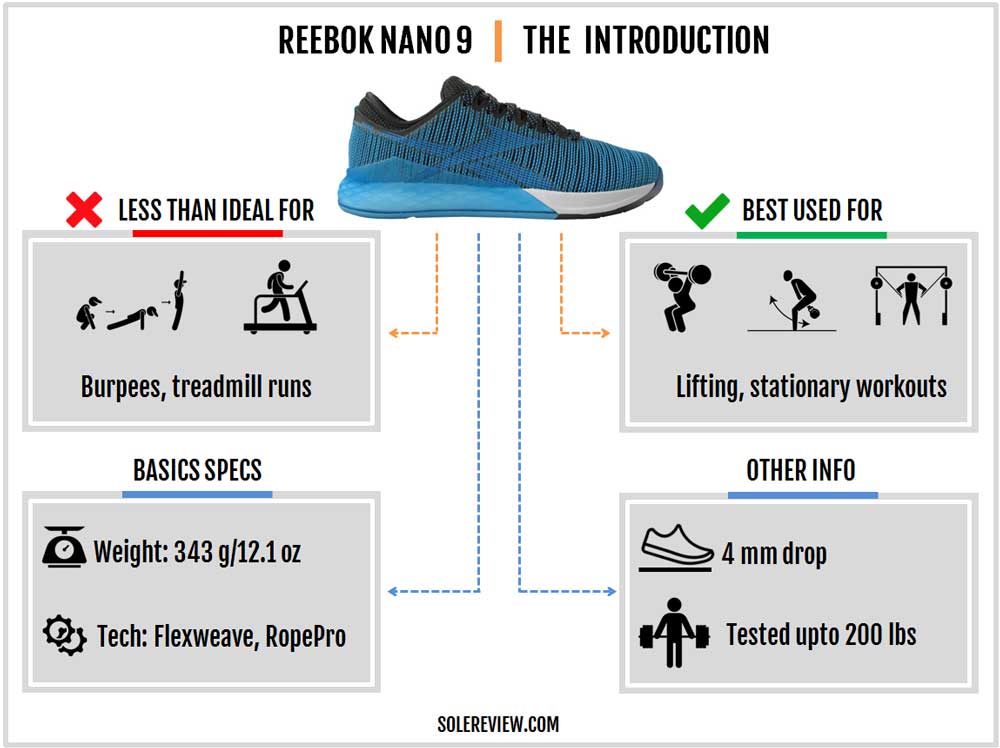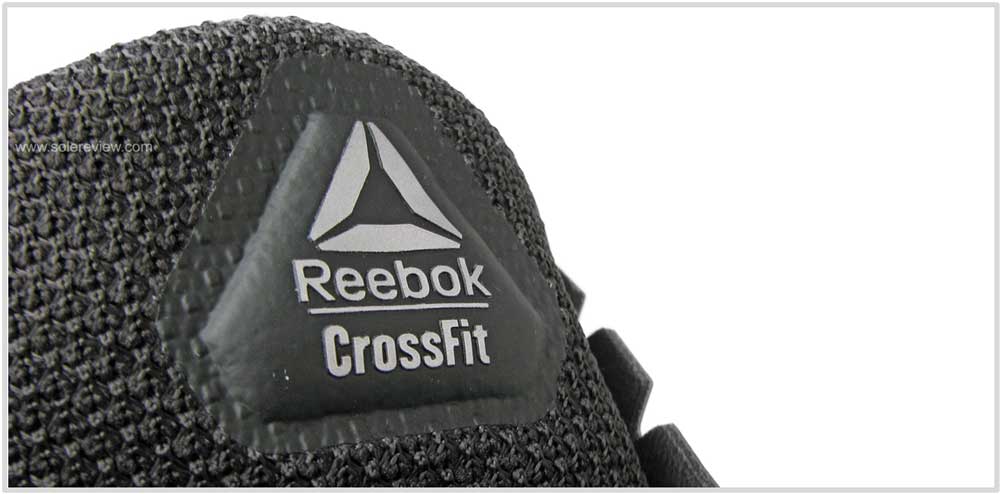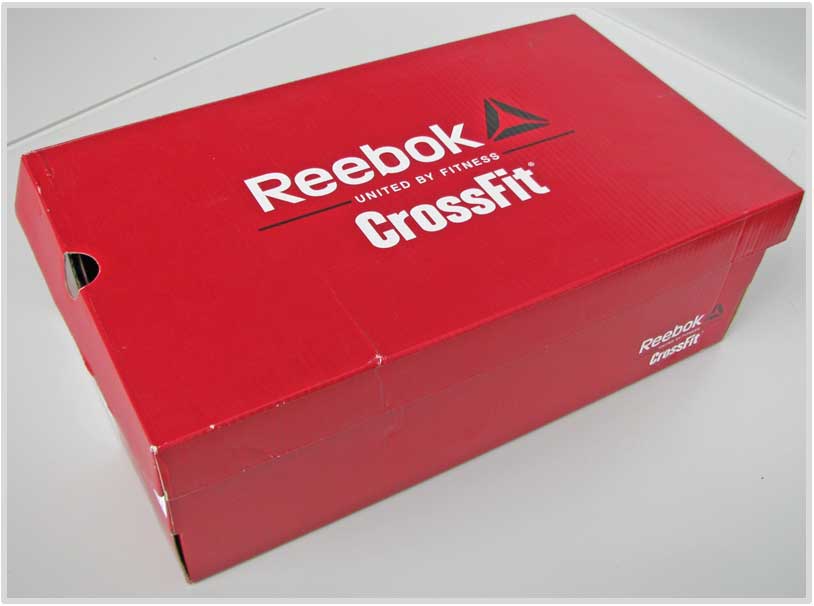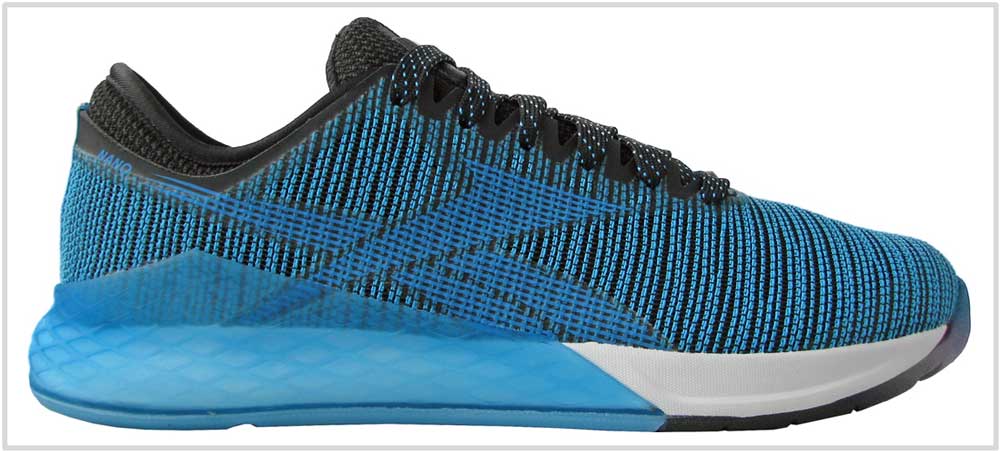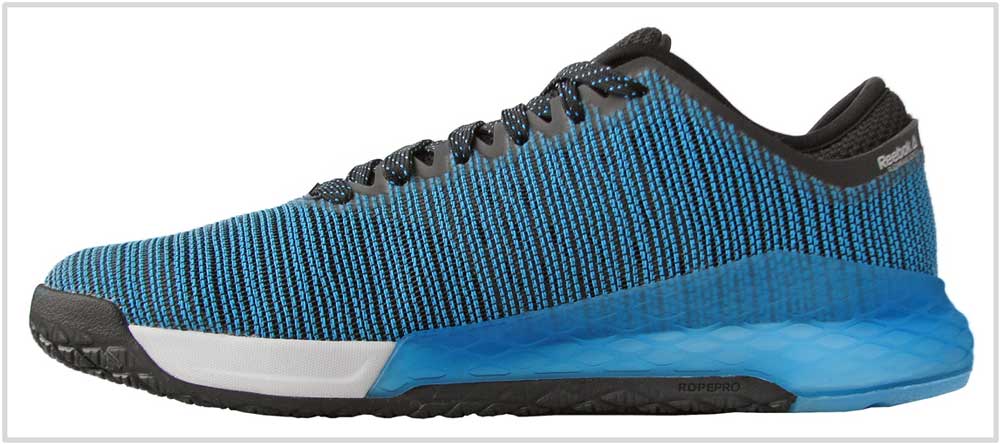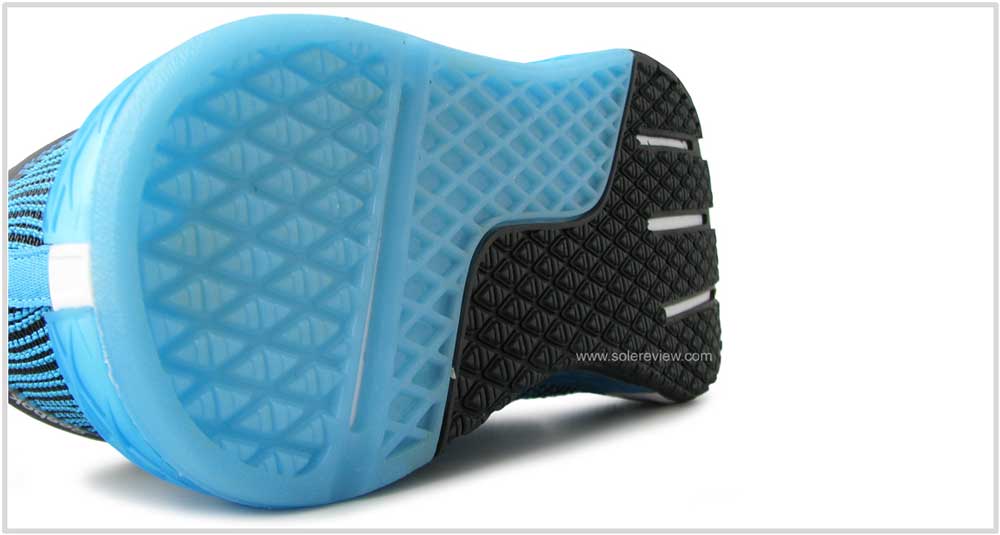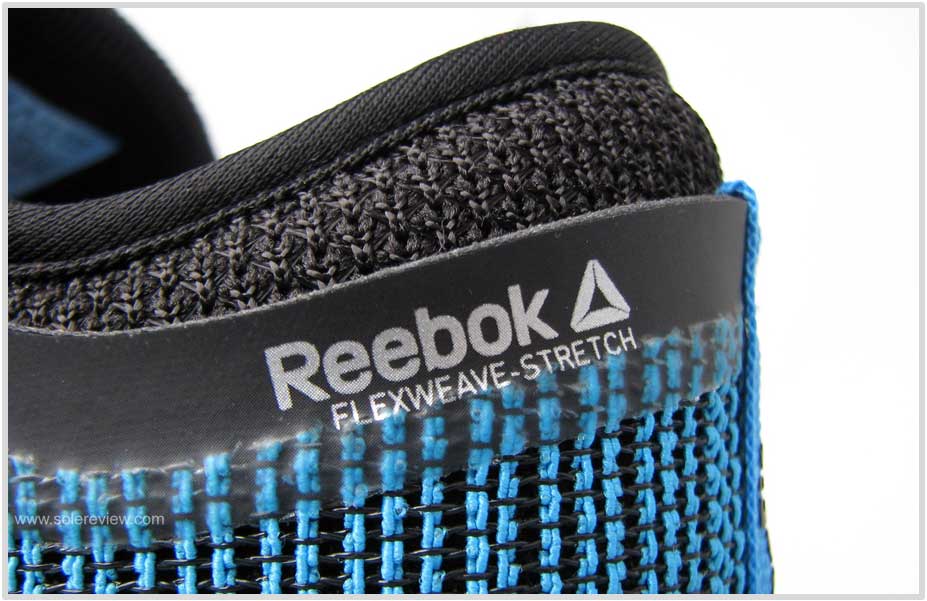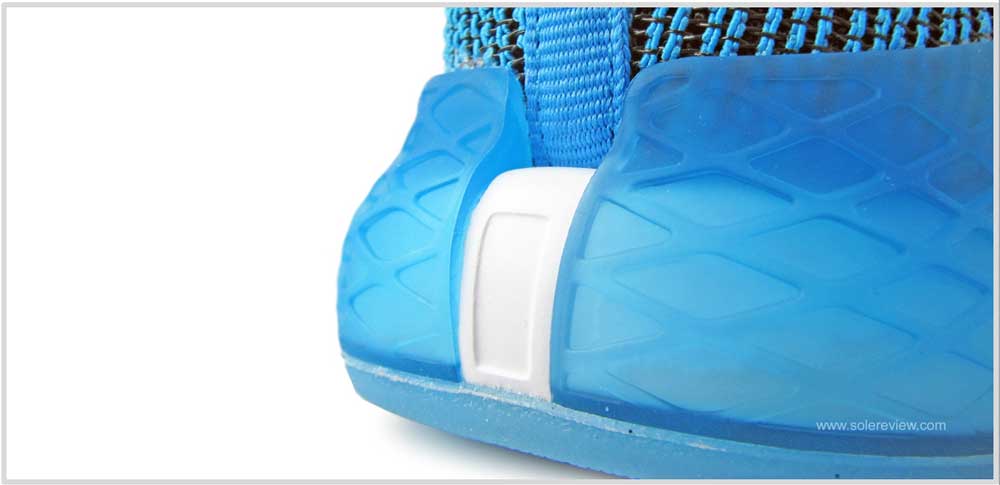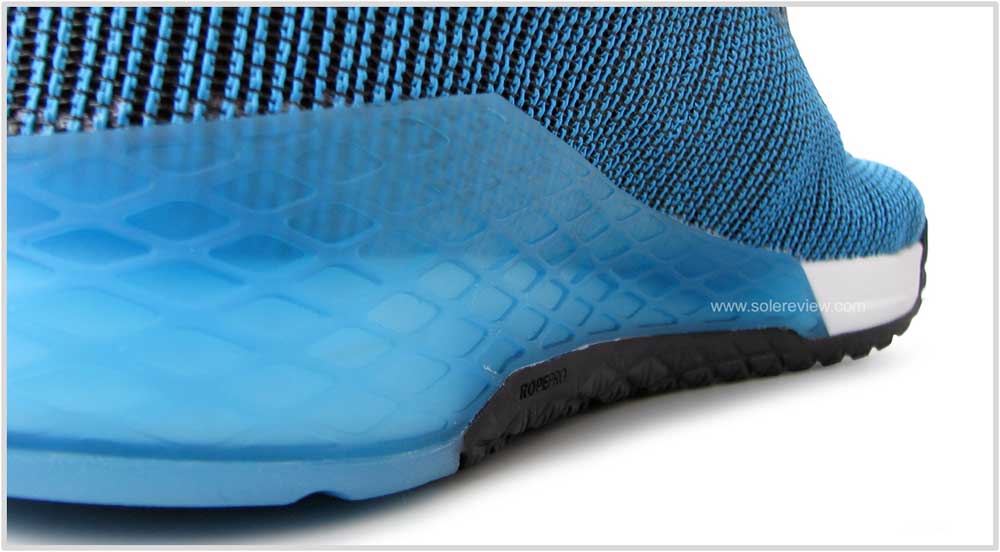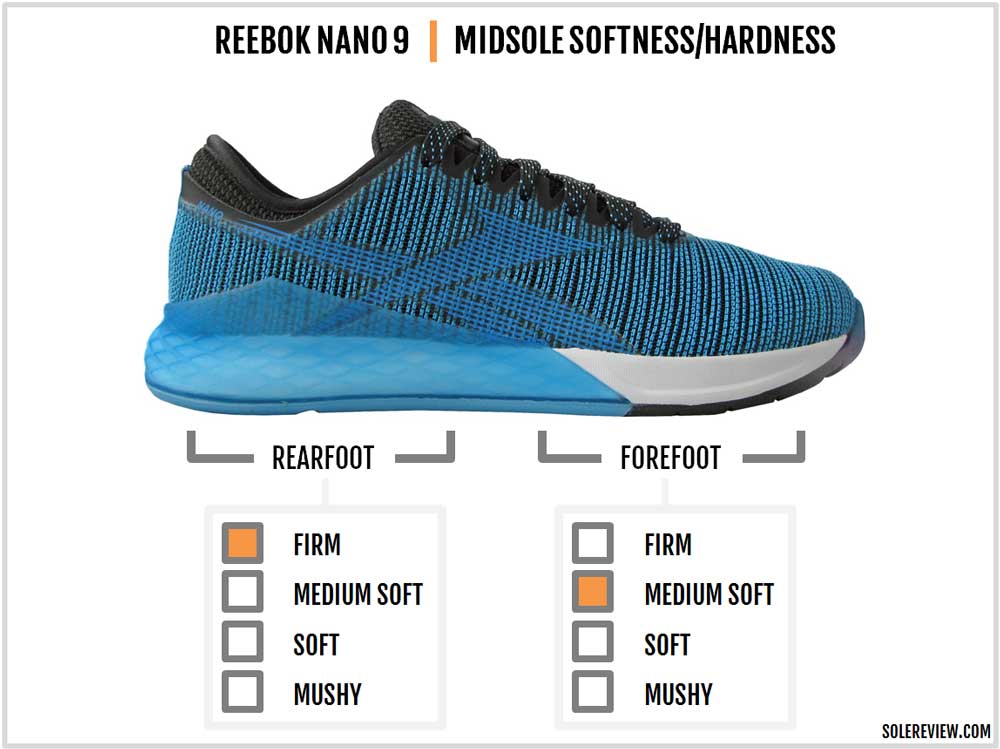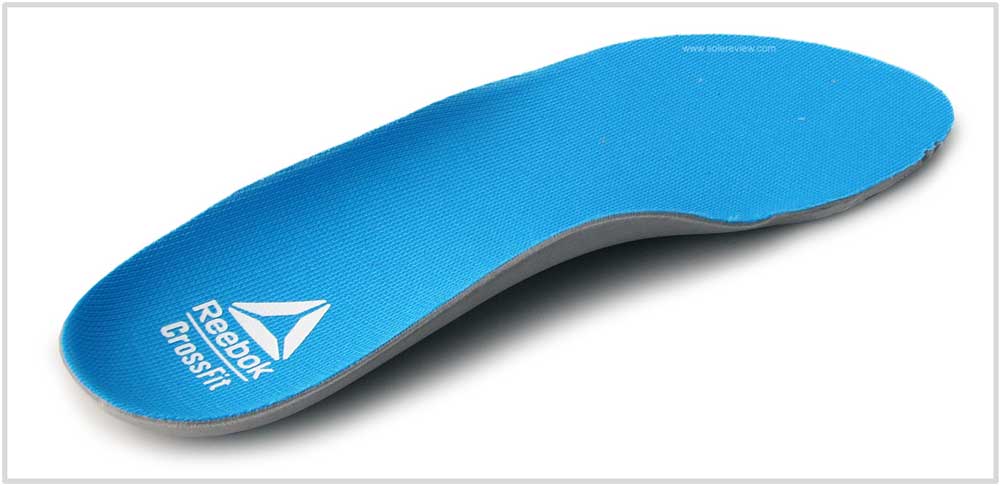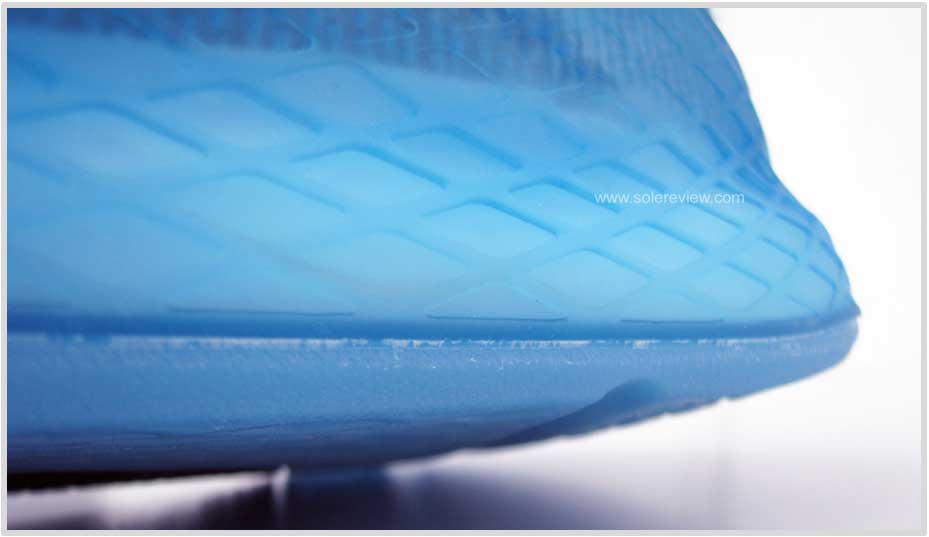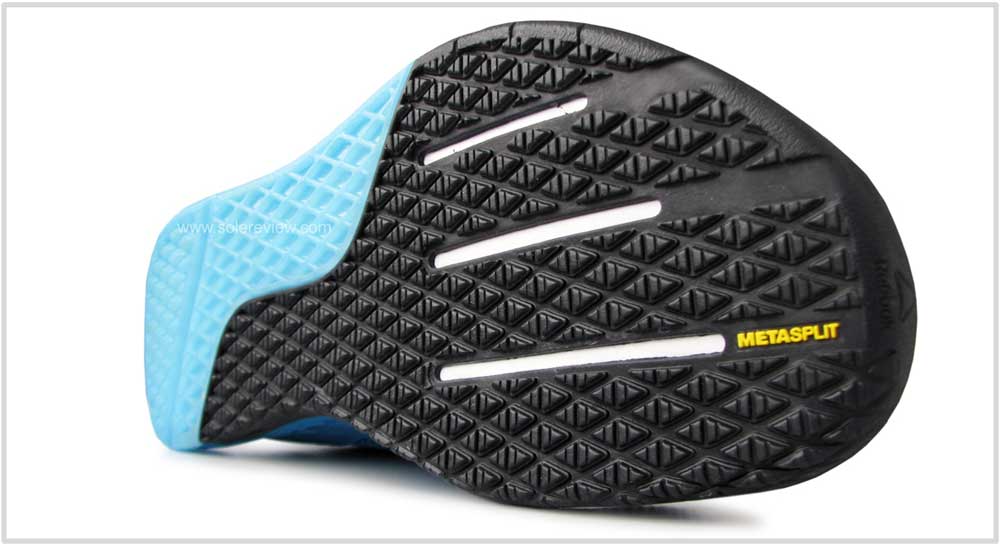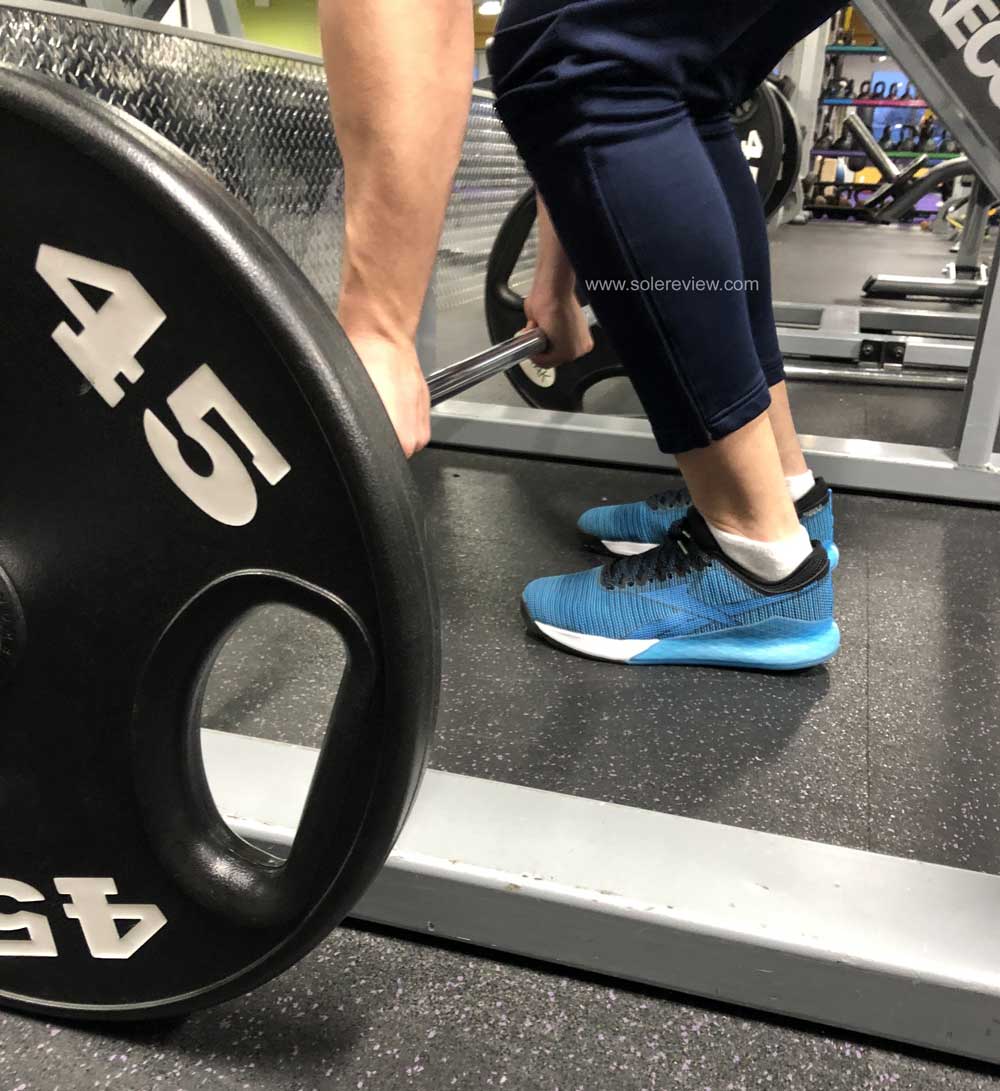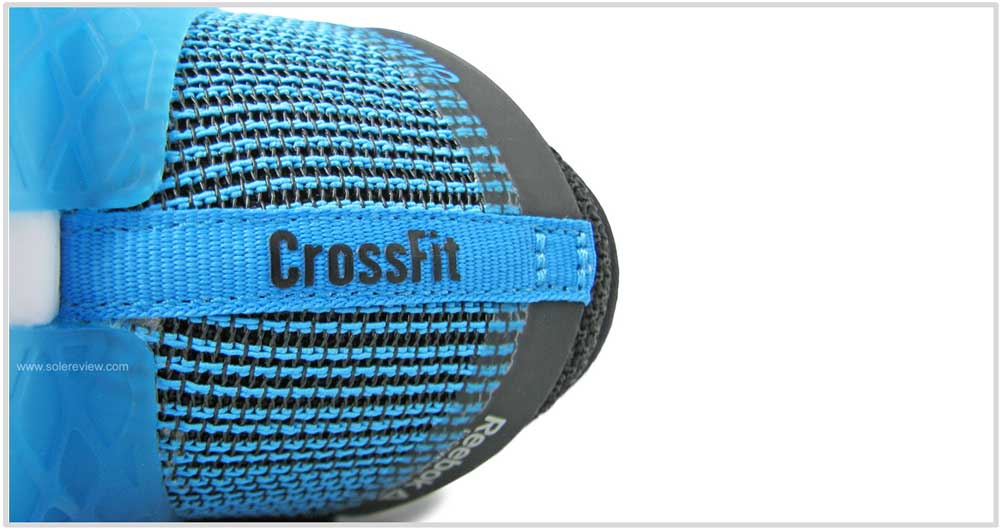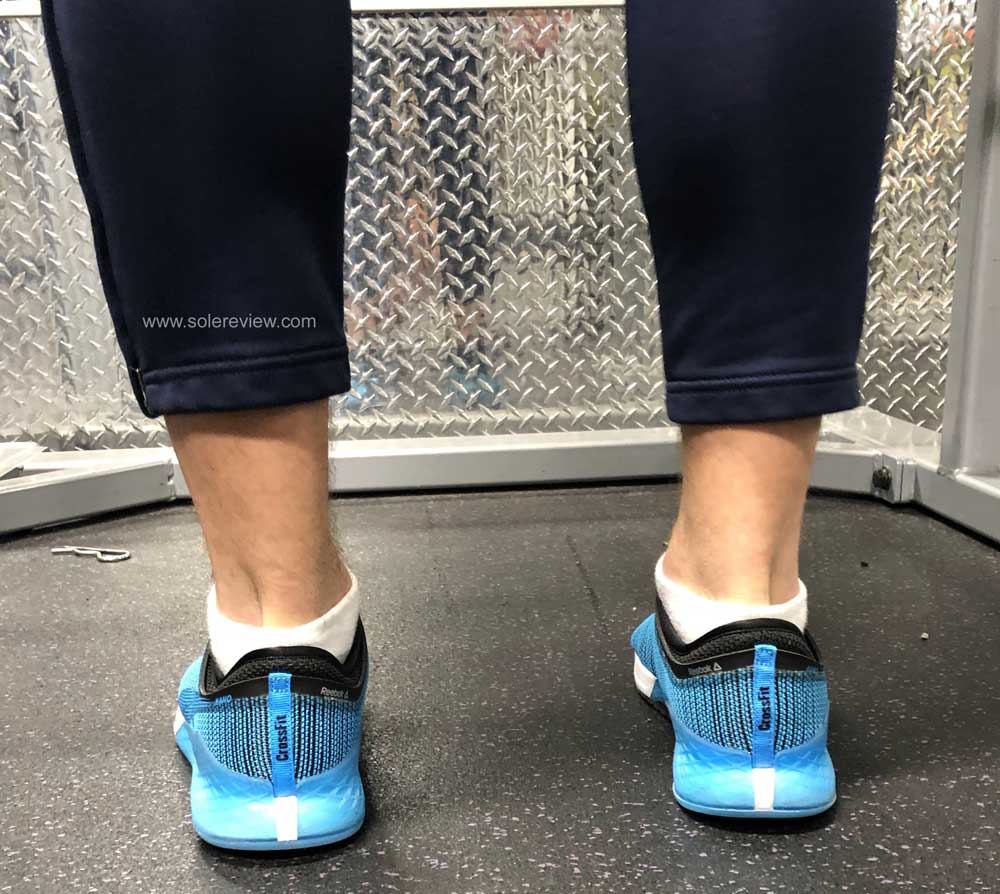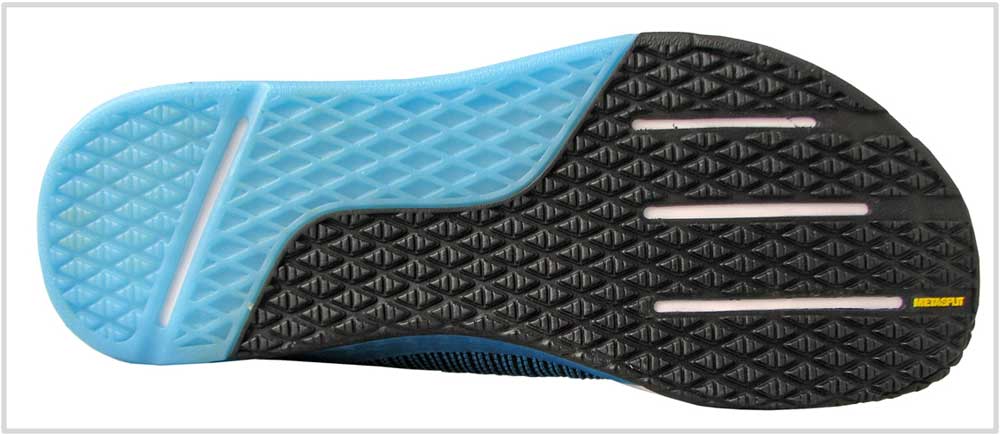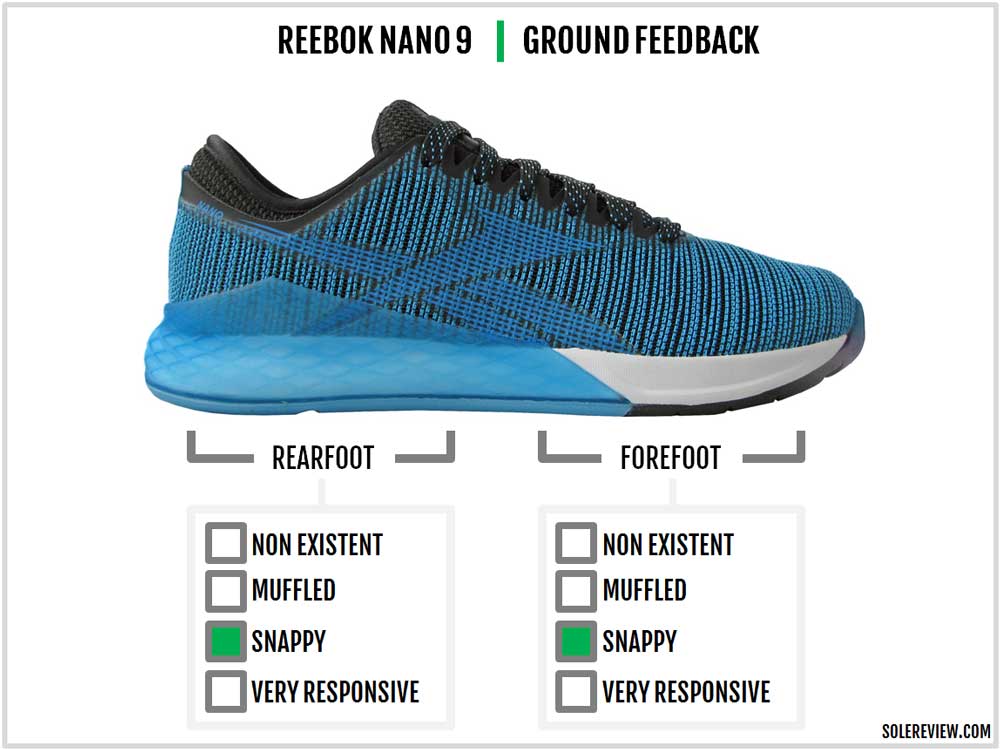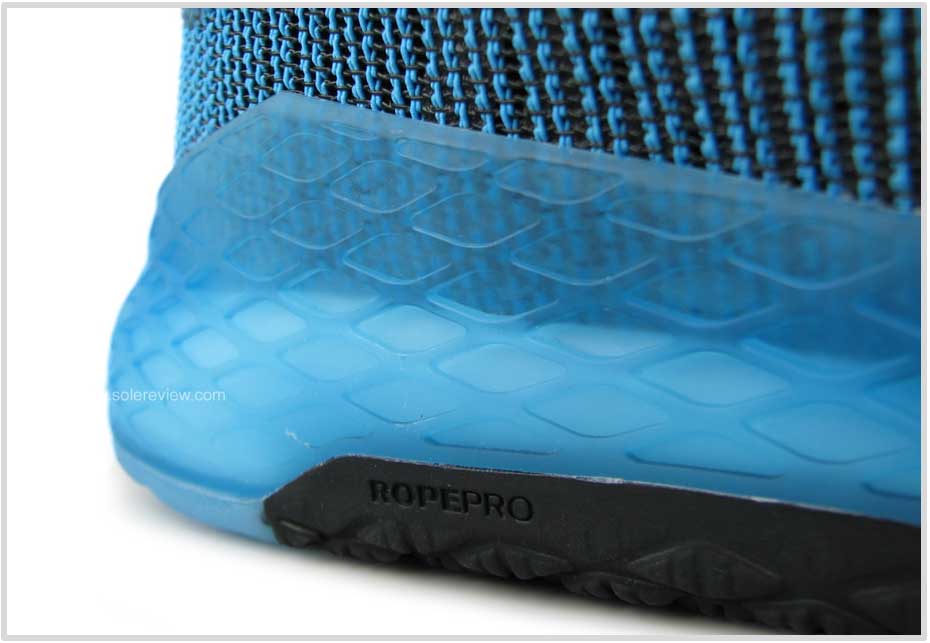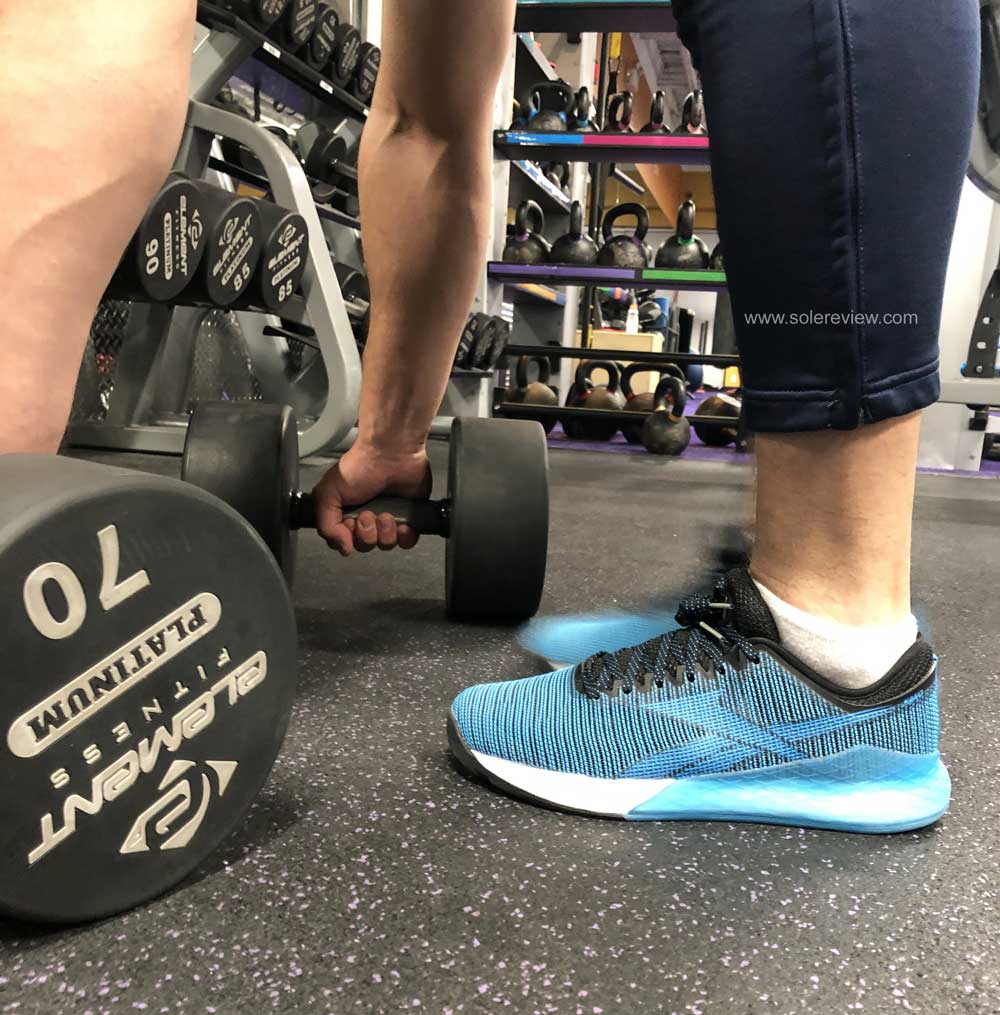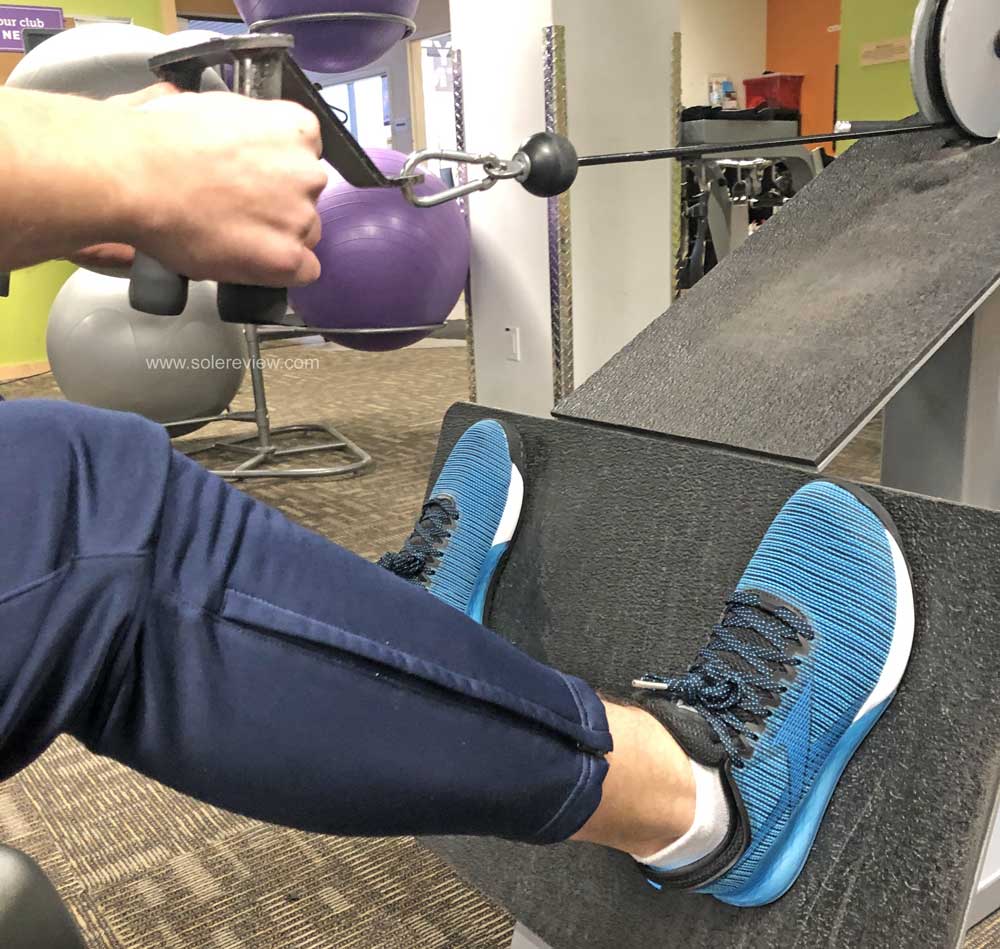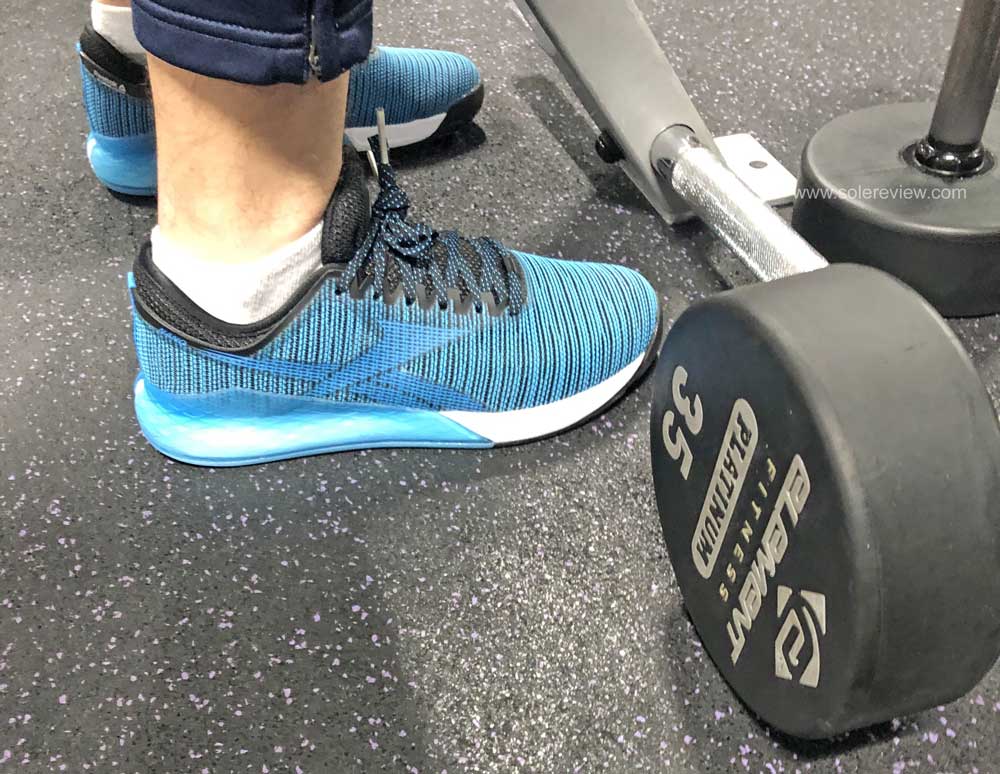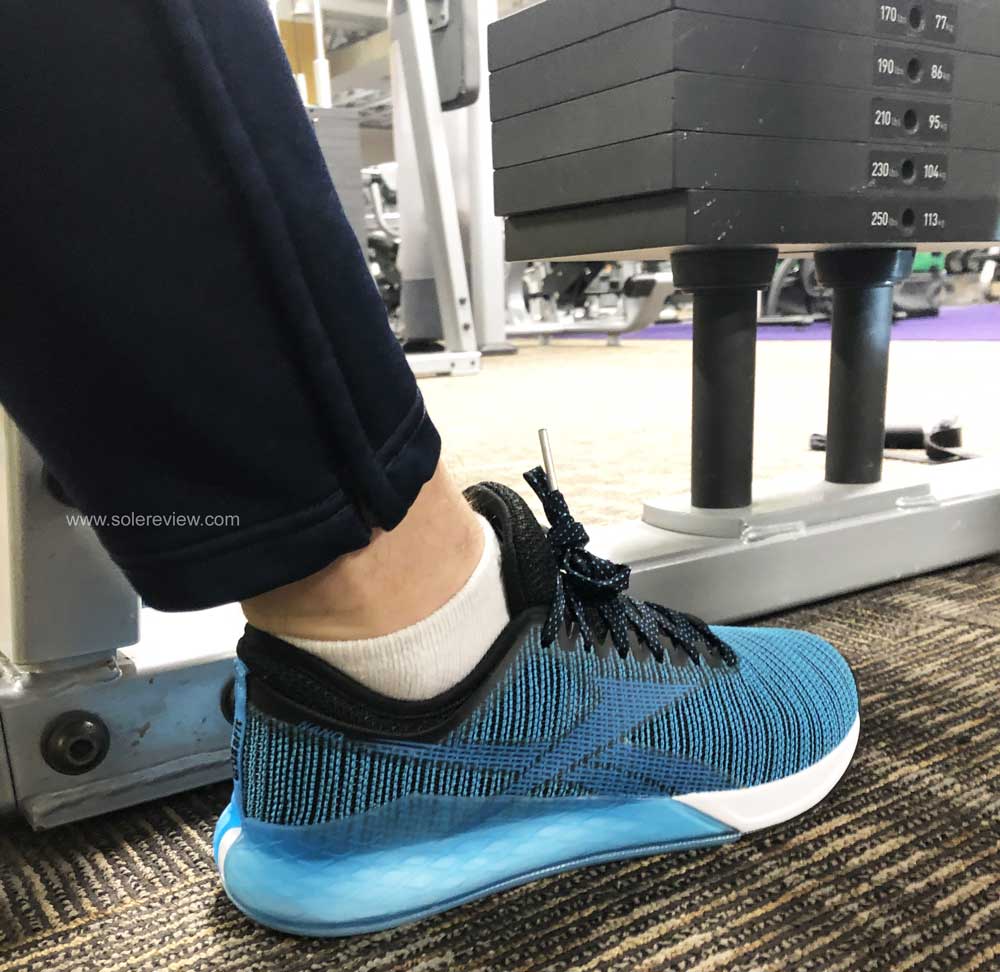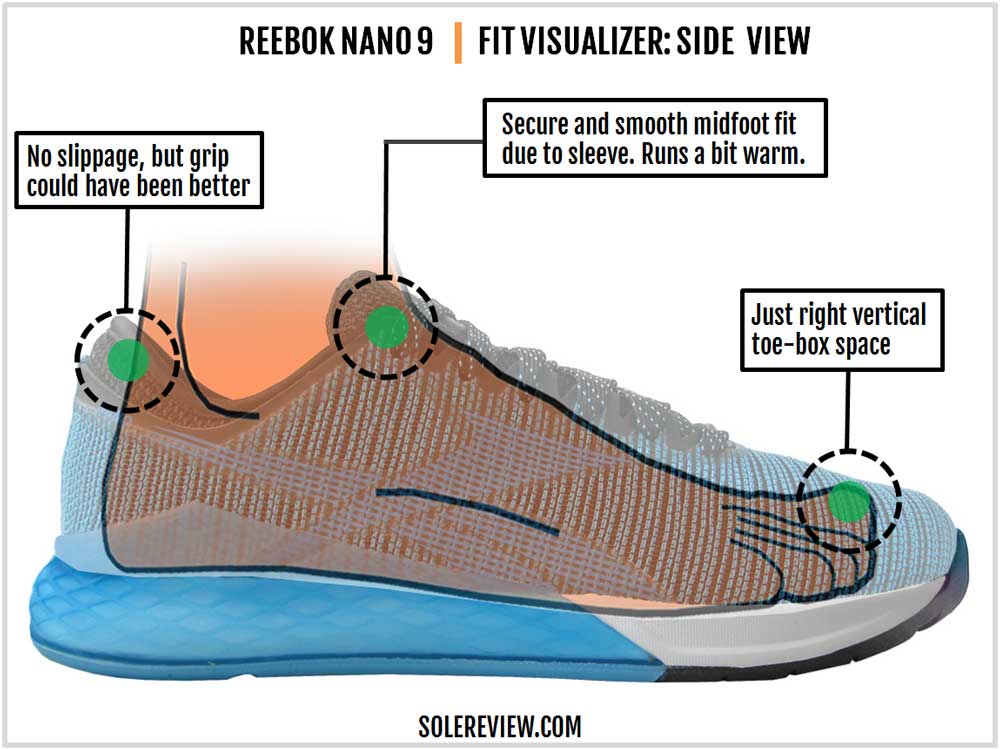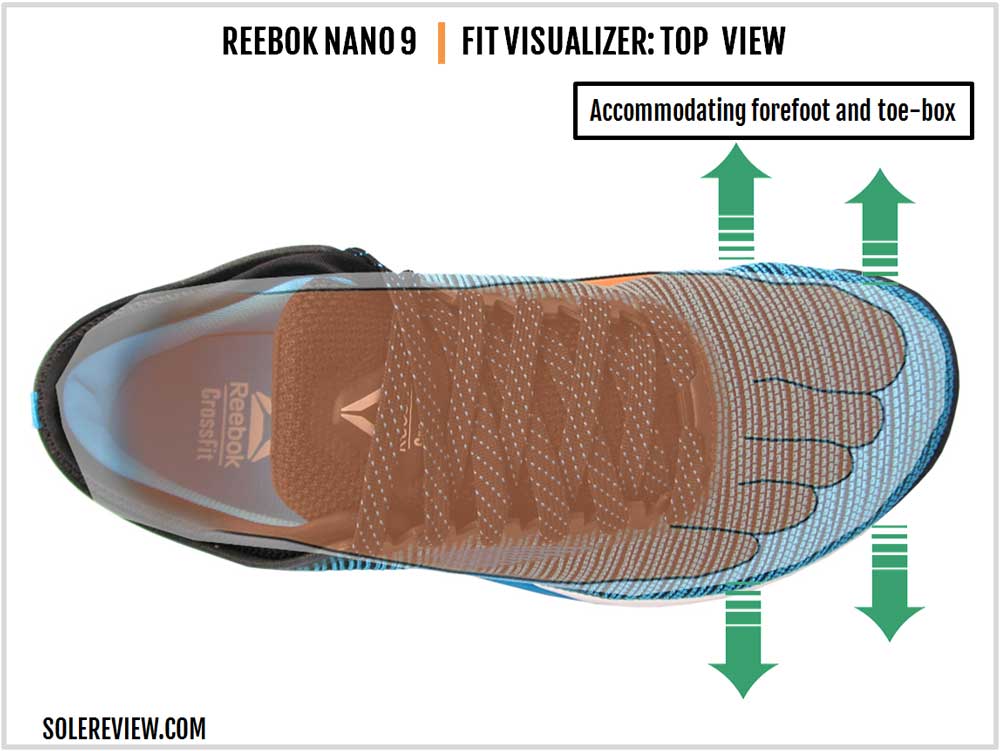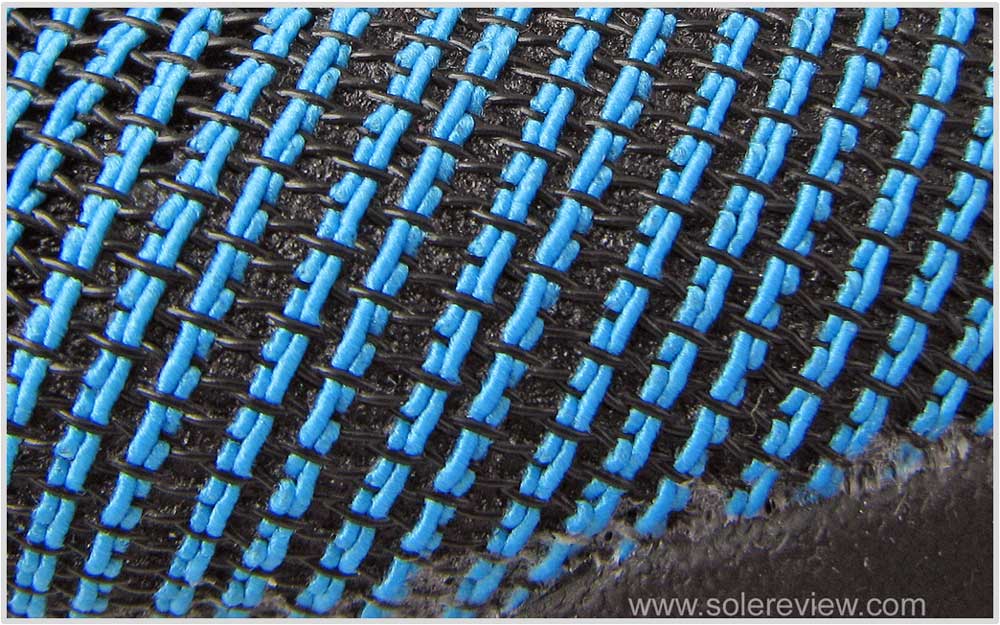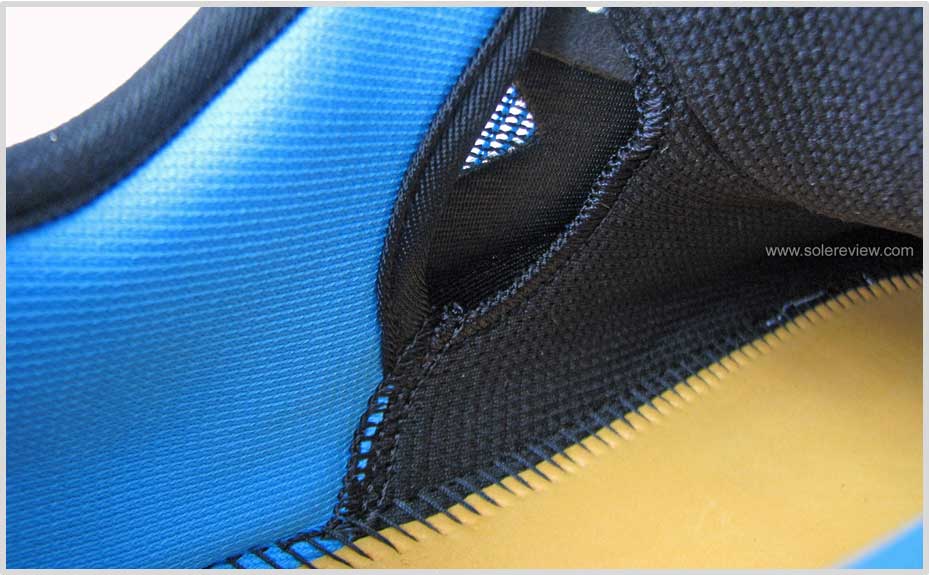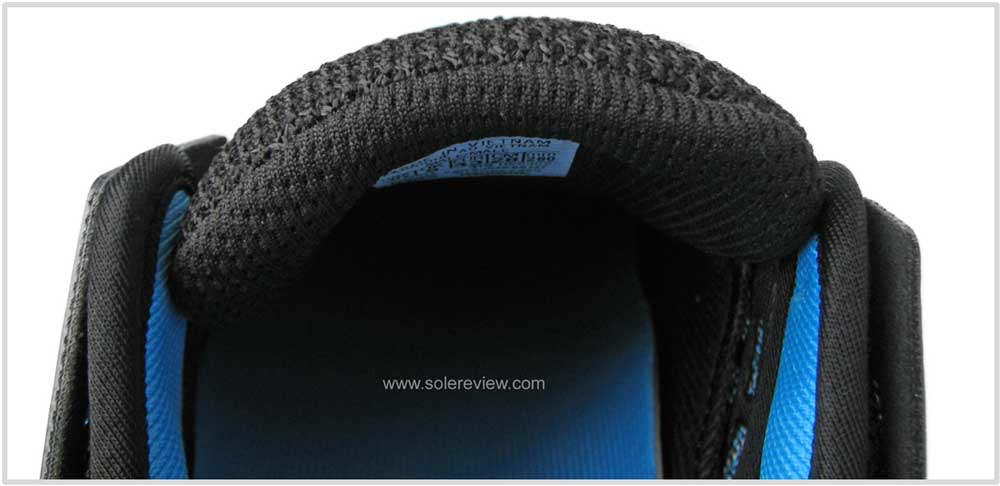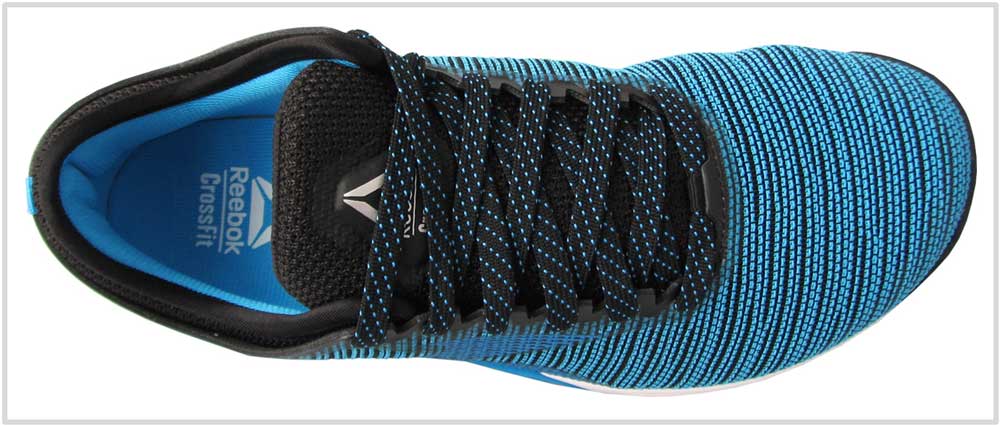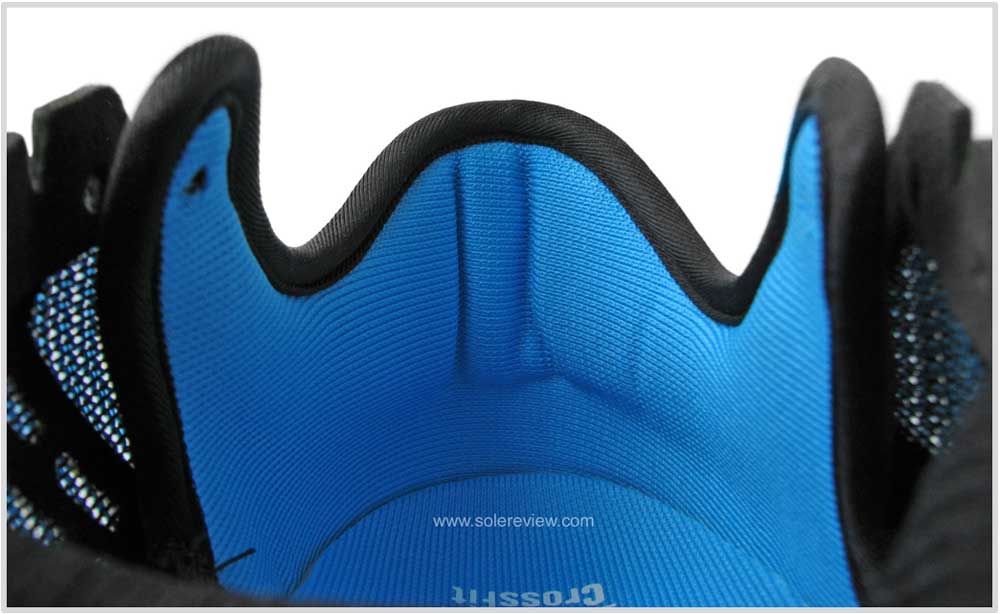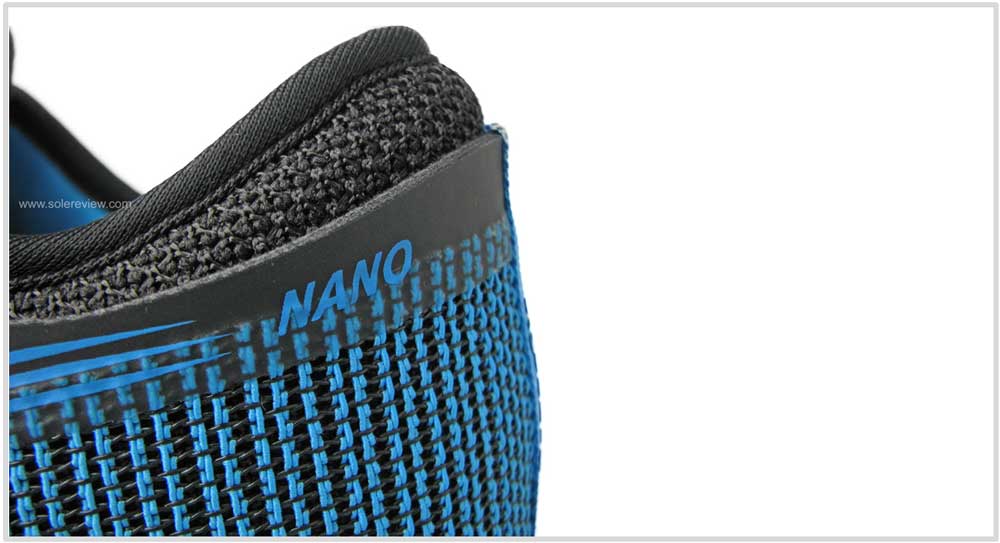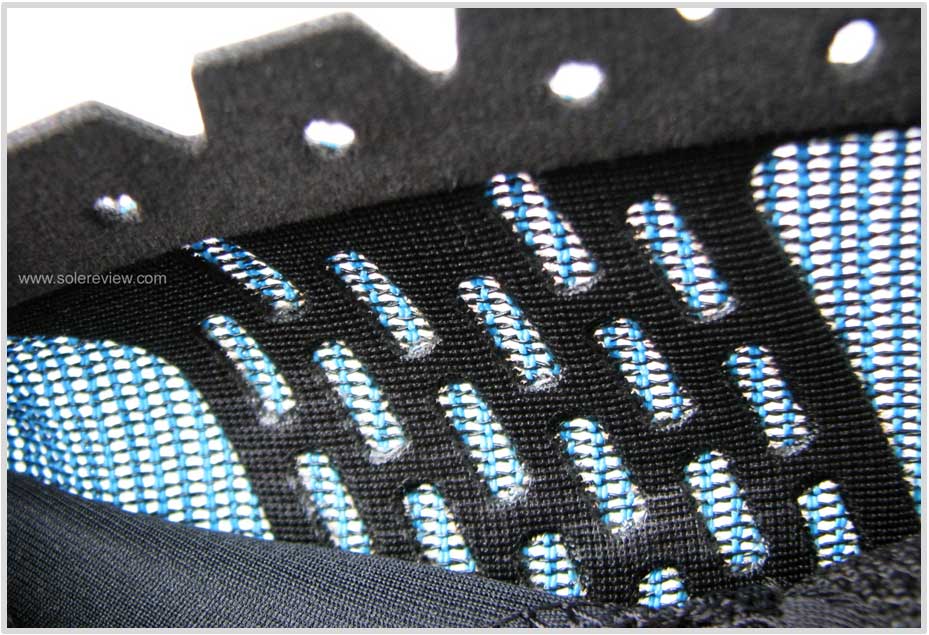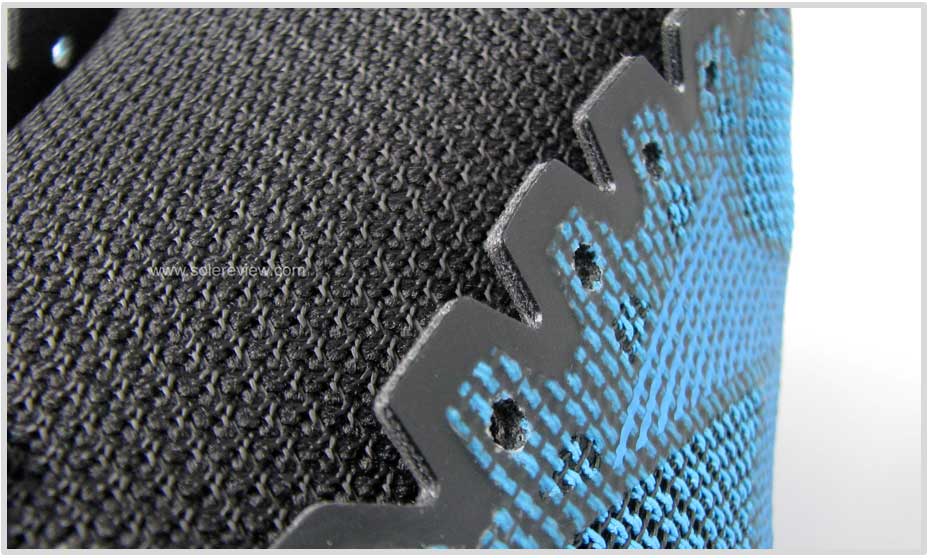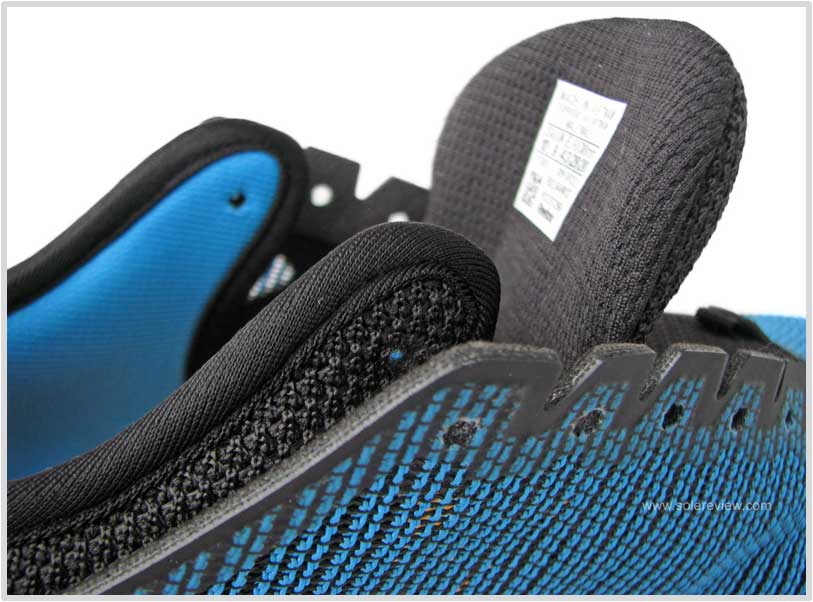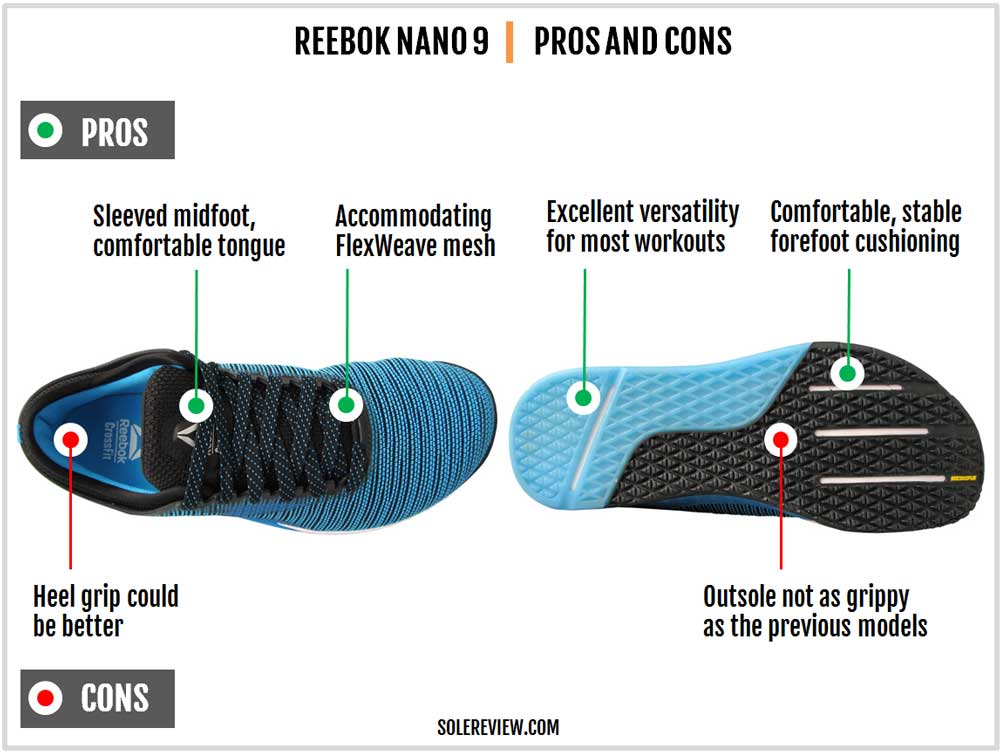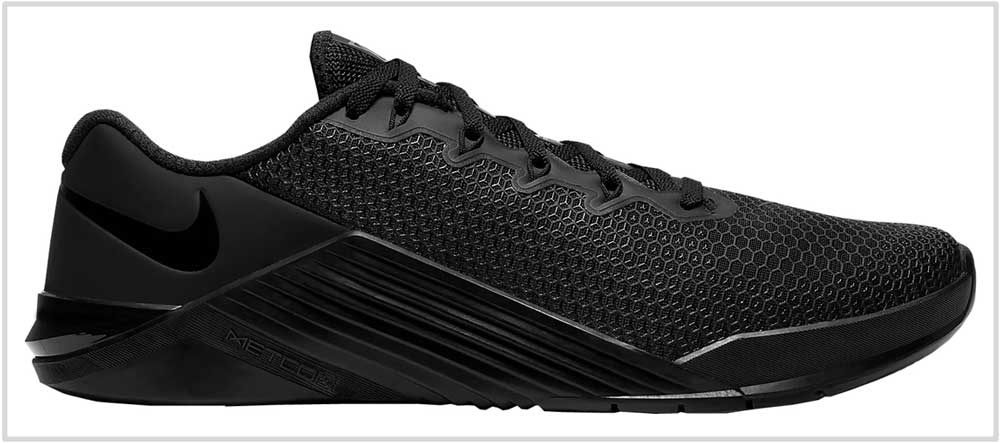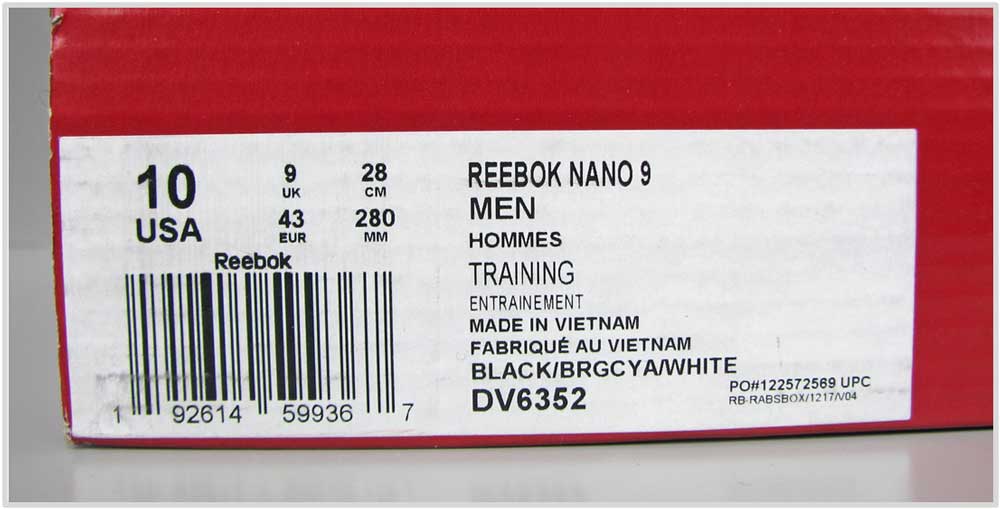INTRODUCTION
Very few shoe franchises in Reebok’s recent history have stood the test of fickle consumer tastes and ever-evolving performance standards.
Sure. You have several Reebok classics that have been around for decades. Or a model like the Walk Ultra DMX 7. But when you rack your brain for a popular performance Reebok shoe in the last decade, you’re sure to come up with nothing – except for the Nano.
After adidas took over Reebok, the US-based brand (originally British) gradually reinvented itself as a training brand with a focus on programs such as CrossFit and Les Mills. Reebok entered into a licensing agreement with CrossFit Inc. in 2010, and the first Nano was a product of that partnership.
While the last couple of years have marked Reebok’s return to running, the Nano is going strong in its ninth year. There was a brief period of disagreement between Reebok and CrossFit Inc last year, but that appears to been settled. So the shoe continues to feature the CrossFit branding.
Performance-wise, the Nano has been fairly consistent too – with its share of the ebb and flow like any other shoe franchise. The Nano has always been one of the best training shoes in the market, and that hasn’t changed for the Nano 9.
There are plenty of functional updates on this year’s Nano, and we’ll go through them in our workout and upper fit sections.
One of our favorite updates isn’t even performance-related. It concerns Reebok’s decision to switch to the graceful Vector logo instead of the bland Delta logo.
This change isn’t just limited to the Nano – Reebok is ditching (almost) the Delta logo just five years after it first adopted it.
THE REEBOK NANO 9 vs. REEBOK NANO 8
The Nano 9 isn’t your obligatory annual design refresh. The V-9 is a brand-new model with plenty of functional and cosmetic changes. The midsole and outsole get the most share of updates.
The 9’s midsole drops the dual-density (soft forefoot, firm heel) set-up and evolves into a single-density midsole. The hard Urethane ‘cup’ is another new feature that not only looks visually striking but also provides a lot of functional value.
As a result, the Nano 9 gets a firmer forefoot along with a much stabler rearfoot at the cost of flexibility. The hard Urethane clasp stops just short of the forefoot; when combined with the firmer forefoot foam, the shoe takes more effort to bend.
The fewer number of flex grooves (3 vs. 4) and the removal of the side-to-side groove on the Nano 9 also adds stiffness. The outsole rubber is harder as well.
From a stability standpoint, the Nano 9 is an improvement over the 8. The new Nano is more supportive owing to the rigid rearfoot and the wider, flatter outsole. It’s great for anything to do with weights – the planted midsole excels at load-bearing activities.
The newly introduced stiffness makes the Nano 9 feels less agile than the 8. The outsole is harder, slightly less gripper, and the forefoot is firmer. With these changes, the Nano 9 is less of a Plyo-friendly shoe than the 8.
Reebok reintroduces the beloved Vector logo on the upper, and we think that’s fantastic. In our reviews of Reebok running shoes, we’ve constantly nagged about the triangular Delta logo – the sweeping Vector looks so much better.
The upper fit is fairly similar to the last model, albeit roomier. The heel design, the inner sleeve, and the wrap are carried forward from the N-8. What’s new? The Flexweave stretch mesh is, and so are the wider laces.
The midsole wrap acts as the primary rearfoot stabilizer, so the Nano no longer has the molded heel clip on its upper.
THE SOLE MATERIALS AND TECHNOLOGY
In the Nano 9, the midsole is the headlining update. It evolves into a single-density foam midsole, and a set of stiff Urethane sidewalls form a rigid shell over the foam core. The heel to toe drop stays unchanged at 4 mm.
The foam is medium-soft throughout the midsole so you get a cushioned yet supportive forefoot. The insole is a regular drop-in kind and doesn’t make a lot of cushioning difference.
The translucent sidewalls are two separate components wrapping the midsole in the mid and rearfoot. They are connected directly to the outsole edge and create a very wide and rigid base. This change also makes the outsole edges sharper as opposed to the traditional rounded profile.
You won’t get the grippy outsole layout of the earlier models though. The geometry evolves into a (mostly) flat lug structure with a translucent rear half and a gripper forefoot.
The front also loses one of the ‘Metasplit’ grooves – the Nano 9 has three grooves instead of four on the last model.
WORKOUT PERFORMANCE: HIGH-INTENSITY, WEIGHT TRAINING, AND TREADMILL
The stability on the Nano 9 is excellent and is an improvement over the previous version. The new clasps over the foam midsole prevent excessive compression. The squared outsole edges deliver a solidly planted ground feel.
We covered treadmills runs from the lens of another training shoe – the Nike Metcon 5. Though the Nano 9 is better of the two for runs – in a purely relative sense – it is far from being the ideal running shoe. Compared to the Metcon, the Nano’s single-density midsole and crash pad makes running easier.
That being said, the flat outsole feels clunky and lacks the optimal level of midsole softness that allows the foot to pronate naturally through the gait cycle.
The set of Urethane sidewalls that work brilliantly for weights feel blocky during rearfoot landings. The experience isn’t necessarily better for forefoot strikers either. Given its limitations, it’s best to limit the Nano to brief treadmill workouts.
Compound exercises: Squats variations, Deadlifts, Kettlebell swings, push-jerks
For compound lifting, the Nano 9 proves to be one of the best versions yet. You get a bit of vertical compression from the medium-soft midsole but without lateral rolling or bias.
The stiff walls box the midsole in and prevent any kind of sideways foam sheer. The boxy outsole profile and its square edges feel rock solid under the heel.
The stability isn’t just limited to the lower heel. The cupping design partially covers the upper so the foot feels securely locked down during workouts.
In short, the stability moves closer to the ground – and that’s better, performance-wise. You can do weighted segments of 300 lbs and possibly more without compromising the structural integrity of the midsole.
With classic exercises such as squats and dead-lifts, the stable heel feels directly connected to the floor. There’s very little compression happening under the foot, and even so, it is contained within the urethane cage. The sense of stability extends right up to the midfoot as the outer shell prevents midsole twisting.
Weight transfers feel smooth, connected, and natural – it is better on the Nano 9 due to its single-density midsole. For example, previous versions of the Nano had a softer density forefoot (and so does the Nike Metcon 5). Some people rather prefer a single-density midsole, so there you go.
The midsole consistency and support also helps weighted swings, push-jerks, and cleans. The 4 mm offset feels just right as it keeps the center of gravity forward without overdoing it.
Plyometric training: Box jumps, regular jumps, and Burpees. Also: Rope climbs
The Nano 9 is a decent – if not great – training shoe for plyometrics. When compared to the Nano 9, the redesigned forefoot loses one groove, the outsole is thicker, and the forefoot midsole is firmer. The grooves provide a decent level of ground feel but exercises like box jumps feel more work than the Nano 8.
Launching from the floor feels good – there’s plenty of support during push-offs. Landings, however, feel a bit stiff because of how the new sole is put together.
The Nano 9 performs better Double-unders and classic rope jumps. The flat outsole profile and firmer forefoot create a non-distracting base. Burpees are doable, but aren’t ideal for the Nano – the forefoot isn’t very pliable and the toe box feels a bit bulky for that purpose.
If your workouts are mostly Plyos or if you alternate between CrossFit and Les Mills, then consider either the Reebok Flexagon Energy or Flexagon Force 2. Even the Nano 2 is an option, as it is currently sold as a reissue by Reebok.
There are only a few training shoes that perform well during rope climbs. Within that lot, the Nano 9 is one of the best you can find. The RopePro outsole and the urethane sidewalls deliver excellent hold and protection from the friction. The inherent stiffness of the midsole prevents the rope from squeezing the plantar fascia, so that’s a plus too.
Standard weight-training and standing exercises
Even if you’re not into CrossFit WOD’s, the Nano 9 is a great choice for standard weight training segments. Be it weight curls, standing and seated presses, or cable flys, you’ll find plenty of surefooted support and cushioning.
We do wish that the outsole lugs could have been more aggressive (like the Nano 8). Though the traction isn’t bad, it doesn’t bite as effectively into the floor. You won’t notice the difference on rubber floors. But use the Nano 9 on hardwood or smooth concrete flooring, and that’s when you sense the scope for improvement.
Pushing workouts and even lunges will also benefit from a better quality of grip.
IS THE REEBOK NANO 9 DURABLE?
Except for a few isolated reports of the sidewalls peeling, the Nano 9 has no known durability issues.
The upper is reinforced with the Flexweave wrap that acts as a protective shell around the heel. If the past feedback on the Flexweave mesh is any sign, the upper should hold up well. The textile is thick, and the backer fabric inside the midfoot adds structural strength.
Not only does the hard Urethane midfoot cupping extend the midsole life but it also protects the upper during rope climbs. Underneath, the solid rubber outsole should outlast the rest of the shoe – as long as the shoe is used indoors.
THE UPPER DESIGN AND FIT
The amount of interior space has never been a problem for the Nano, and the same is true for the V-9. This true-to-size training shoe gets even more space this year.
A broad toe-box and an internal bumper create plenty of space in the front. The redesigned Flexweave mesh does a better job of accommodating the foot than the previous design.
It’s worth pointing out that ‘Flexweave Stretch’ isn’t elastic like the UltraKnit; only a tiny amount of mechanical stretch exists. There are no optional widths but the default interior volume will fit most foot types – with thin or thick socks.
The layered upper also means that the Nano 9 will run slightly warmer than training shoes without a sleeve.
The upper carries forward several design features from the Nano 8. There’s an internal sleeve (not a gusset) that extends up to the toes; this makes the fit seam-free, smooth, and comfortable over the foot. We initially assumed that there could be potential hot spots due to the stiffer secondary upper but there were no concerns whatsoever.
The Nano 9 has better (wider) laces this year. They stay tied and evenly distribute the pressure over the padded tongue.
The heel section is nearly identical to the previous Nano so you get the same fit character. What’s interesting about the heel is that it lacks a plump collar and uses a piped edge instead.
While the lining is fairly comfortable, the level of heel grip could have been better. The collar – if you even call it that – doesn’t do a stellar job at locking the heel in near the top. That being said, the lower heel stability is what matters most, and that’s pretty solid due to the stiff urethane cup. Also, the Reebok’s heel doesn’t catch sock pilling – unlike the Nike Metcon 5.
The midfoot lock-down is excellent. The reinforced lacing panels work well together with the thick laces and inner sleeve for a secure fit. The Vector logo also keeps the exterior streamlined. The Urethane sidewalls cover the lower edges of the upper so that provides the upper some protection from rope climbs.
By the way, if you want a better looking Nano, pick one with a contrast color logo. The one in this review has a tone-on-tone logo that results in a muted appearance.
PROS AND CONS
The Nano 9 is a versatile do-it-all training shoe – regardless of whether you’re going through CrossFit WOD’s or standard weight-training.
The single-density EVA midsole is in the Goldilocks zone between cushioning and support – a trait that helps during dynamic workouts and short treadmill runs.
In the rear, the hard Urethane cage prevents rollovers by limiting midsole compression and widening the base. Though the flat outsole lacks the traction and flexibility levels of the earlier Nanos, the added stiffness improves the overall stability.
The interiors are soft and smooth due to the adjustable Flexweave and inner sleeve. The toe-box is wide, accommodating with a true-to-size fit profile. The quality of the heel fit could have been better though.
THE REEBOK NANO 9 VS. THE NIKE METCON 5
This can’t be a coincidence. It’s as if Nike looked at the Nano 8 and ‘borrowed’ a design feature. And then Reebok did the same for the Nano 9. How else would you explain Nike’s switch to a dual-density insole and Reebok’s adoption of the elevated midsole wrap? Reebok also switched from a dual-density insole to a single-foam kind.
Dual-density? Single density? Maybe you’re confused already. Ok then, we’ll try to simplify things.
The Nike Metcon 5 has a removable insole (no midsole though) with a firmer heel and a softer forefoot. It retains the recognizable midsole rope guard, so you get a very supportive training shoe.
On the other hand, Reebok has a single density foam midsole that is wrapped in a hard urethane cupping system. The midsole is softer than what Metcon has for its heel but firmer than Nike’s forefoot foam.
The Reebok Nano is expressly marketed as a CrossFit shoe due to its direct partnership. Nike also targets the same consumer market, so both shoes are great training shoes that shine in lifting workouts.
In our opinion, Plyometrics is where Reebok’s single-density consistency scores over the Metcon. It’s easier to engage the Nano’s forefoot as compared to the Met’s newly acquired forefoot softness. The same quality also helps the Nano 9 perform better on the treadmill.
From an upper fit point of view, both shoes have their pros and cons. If you want more interior room, the Reebok Nano is a better choice than the narrower-fitting Metcon. The Nike shoe makes up by offering a softer and better gripping heel fit.

